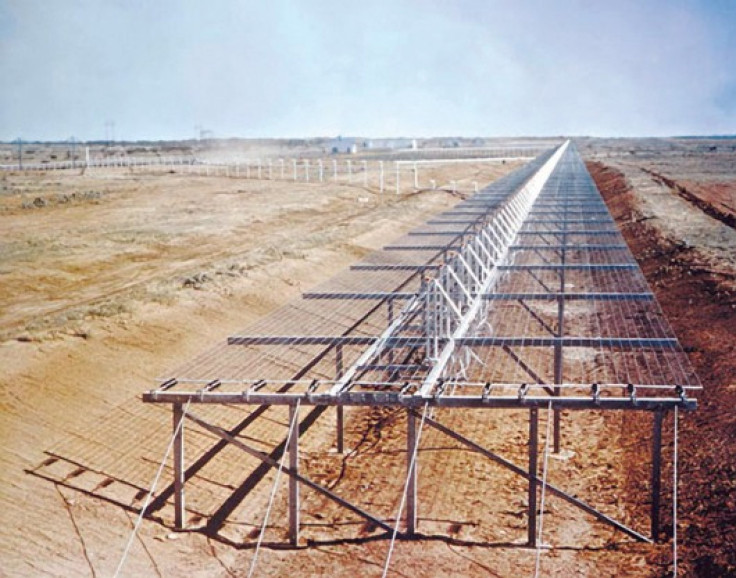Air Force Space Fence Being Shut Down, General Shelton Orders Closure Of Space Surveillance System

A crucial tool used by the Air Force to track satellites and space debris will soon be out of commission.
According to a memo obtained by SpaceNews, Gen. William Shelton, commander of the Air Force Space Command, directed that the Air Force Space Surveillance System -- or the Space Fence -- "be closed and all sites vacated,” effective Oct. 1.
In use since the 1960s, the Space Fence consists of a line of very high frequency (VHF) radars that cover a lengthy range of the southern United States, spreading from Georgia to California. A part of the Air Force-run Space Surveillance Network, it uses three transmitters and six receiving stations to sense and gather information about objects in space.
According to the memo, Five Rivers Services' contract to manage the stations would not be renewed for a fifth year by the Air Force. Air Force Space Command spokesman Andy Roake highlighted automatic budget cuts, or sequestration, as the reason for the likely shutdown.
But in an email to SpaceNews, he stressed that "no final decisions have been made" despite a "tough, sequestered budget environment."
The looming shutdown has many in the space community concerned, though. Brian Weeden, technical adviser at the Secure World Foundation, said that the space fences "uncued tracking" tracking ability is vital to the detection of objects as small as four inches in diameter from as far up as 15,000 nautical miles.
"There are some other sensors in the network that can do uncued tracking to some degree, but the Space Fence is rather unique in the sheer size of the detection coverage it has,” he said.
Monthly, the system logs more than 5 million observations through its satellite, offering data on objects' characteristics, location and movement. The system is valued at $6.1 billion, reports Gizmodo.
As part of the Air Force's response to its automatic budget cuts, two of the Space Fence's receiver sites were placed in cold storage this April. This removal has weakened the accuracy of the current system.
Though an updated development contract for the Space Fence was expected either in 2012 or early 2013, the project has been placed on hold as the result of a review by the Pentagon. The new system was originally set to be developed in 2015, but plans for the upgrade are now being scheduled for 2017.
Lockheed Martin Mission Systems and Sensors of Moorestown, N.J., and Raytheon Integrated Defense Systems of Tewksbury, Mass., have created designs for the new Space Fence radar system. The proposed designs would be able to detect a greater amount of smaller objects compared to the current system.
You can watch a video illustrating Lockheed Martin's design for the Space Fence below:
© Copyright IBTimes 2024. All rights reserved.












